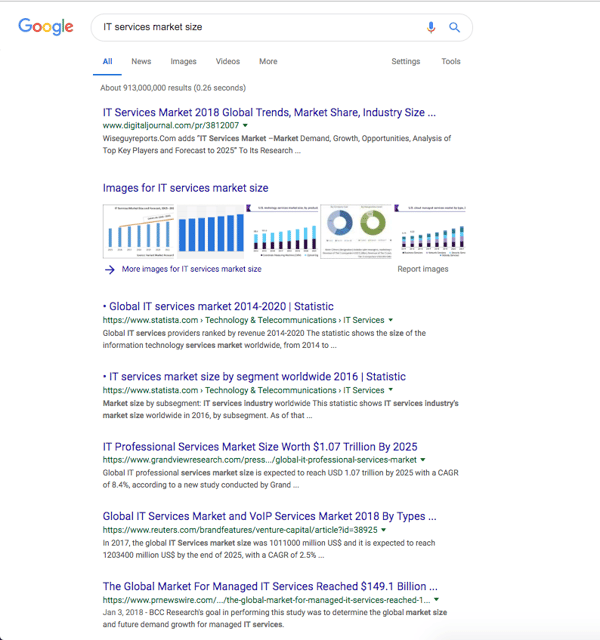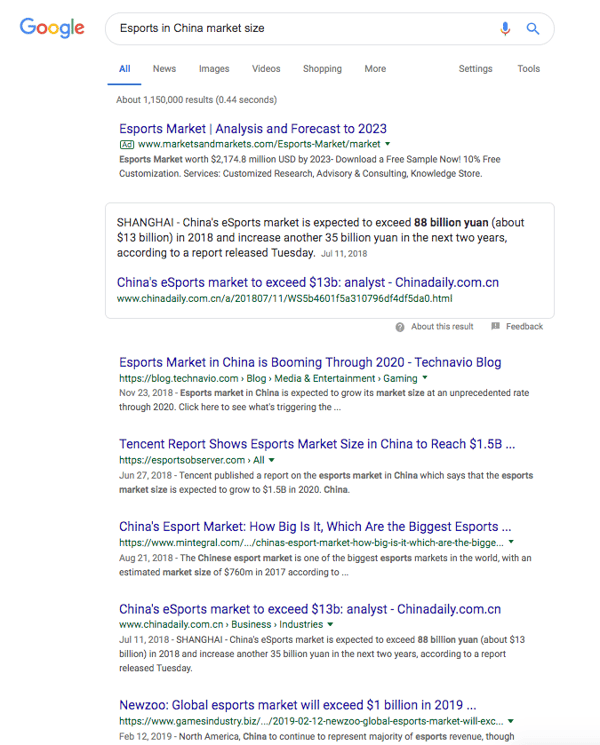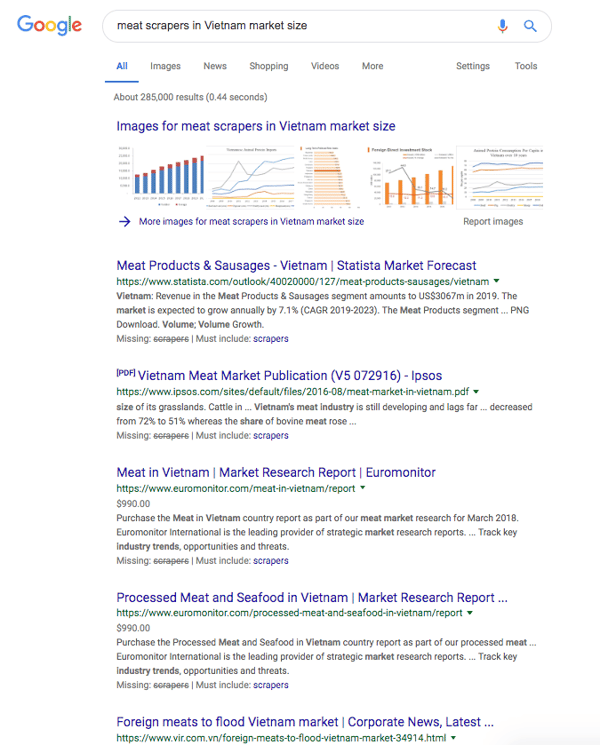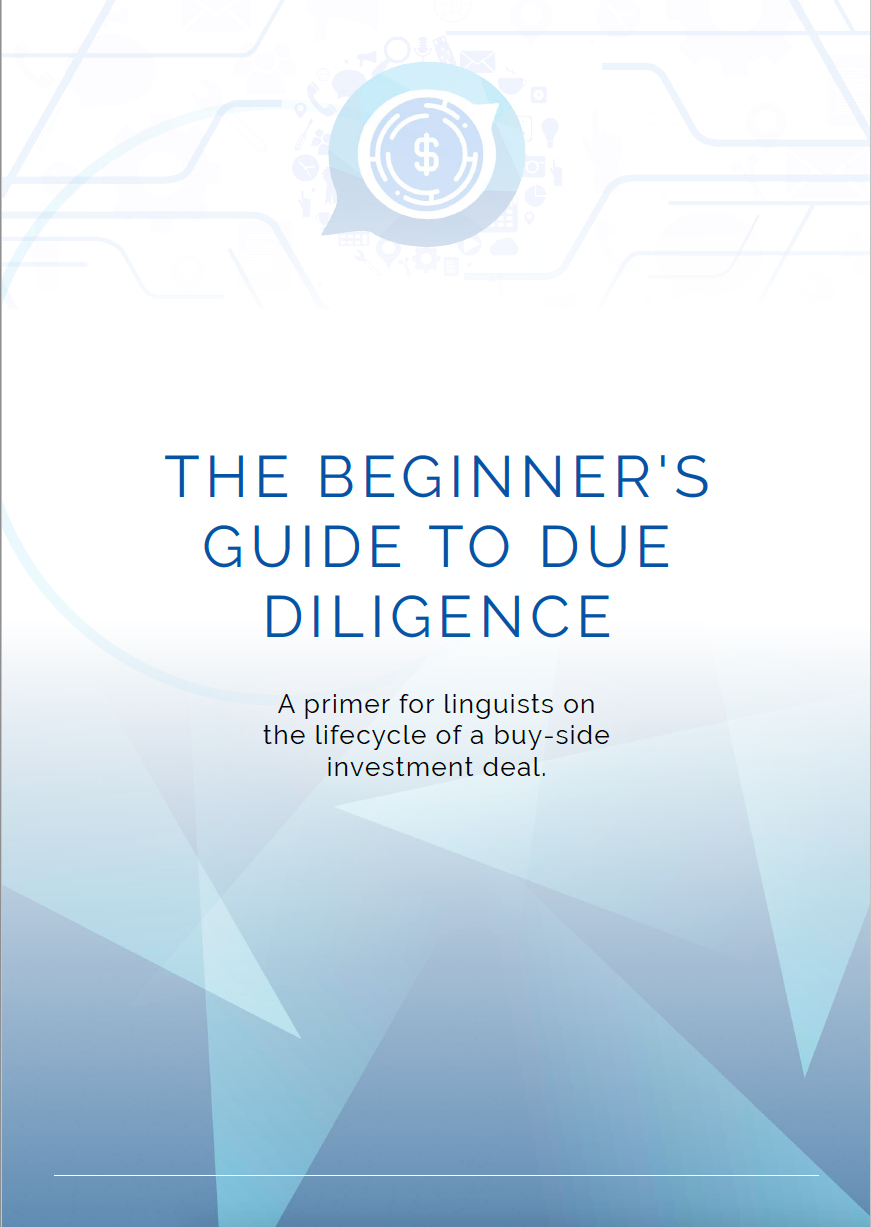Chapter 3
Market
Sizing 101
Like pretty much everyone in my generation, I had an AOL Instant Messenger screen name that I’ll take with me to the grave because of how it was so very...90s. What I am willing to admit is that I would experiment with different answers to the infamous “A/S/L” question to see how it affected the response.
18/F/Cal
For the uninitiated, “A/S/L” refers to “Age/sex/location” and was used in the context of introducing yourself in online chat rooms. It was a transactional question. A conversation could be terminated abruptly if your answer to these questions didn’t jive with what the other person was hoping for.
As I sat down to write this chapter about market sizing, I realized that is virtually the same thing that happens when investors look at market sizes. Investors have an unlimited amount of options when it comes to where to focus their attention. They have developed heuristics to help them navigate so many potential markets into which they can invest.
For an investor to decide if an investment idea is worth their time, they often need five key data points on the market before proceeding:
-
Size: defined as annual USD spent on this product or service;
-
Growth rate: defined as how the market size is expected to grow in the next 3-10 years;
-
Concentration: defined as how many players make up the majority of market share;
-
Cash management: the definition varies by industry but basically answers the question “how well does this team take $1 and turn it into more than $1?";
-
Valuations: this definition can also vary by industry and is really only useful in context with the four metrics mentioned previously.
Reading the tea leaves
The idea behind this is that savvy investors can assess the fit of an industry into their investment mandate by looking at just these numbers.
-
A VC firm won’t care about a $250M market even if it’s growing and profitable. It is just too small to ever usher in a $10B company.
-
A hedge fund won’t care about an industry whose market share is highly fragmented, as they will struggle to find a target.
-
A PE investor won’t care about an industry if there’s no potential for cash generation.
This is probably the most fundamental component of exploratory due diligence. An investor who fails to have an answer to this question in the first week of due diligence is likely to not see their investment get approved by an IC.
Can you Google it?
If you’re trying to find the market size of a service or product, you may be able to find it on the internet. It depends heavily on the scope of the market. Look at these screenshots for yourself to see the perils of relying on Google:
A generic search: “IT services market size”

This looks like it has potential ($150B is what I’d report to my boss at this point), but any real insights will be hidden behind a paywall for a report that is likely a couple thousand dollars.
A specific search: “Esports in China market size”

This is great. The industry is just specific and popular enough to generate what seem like well-researched estimates.
A too-specific search: “Meat scrapers in Vietnam market size”

(Note: this was an actual research topic where Cadence helped out!)
This is too niche for any third party to have put a market size together for public consumption on the internet.
In our next article, we share an essential equation that investors use to help them go beyond Google and start to build a more informed estimate.
(And if you really want to know my AIM screen name, slide into my LinkedIn DMs).
Want the full guide?
Download your personal digital copy of the Beginner's Guide to Due Diligence today!

